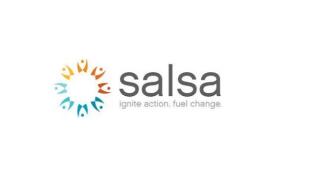Study Shows Online Advertising Impacts Poll Numbers
Google's Public Sector Blog recently covered an interesting case that provides a rare glimpse into the absolute effects of online advertising for persuasion in political campaigns and advocacy efforts. Typically, the waters are muddied, as campaigns leverage both traditional and interactive methods, making it impossible for one to conclude which efforts were really responsible for a bump in poll numbers or a victory. However, the RESOLVE campaign only used online advertising, allowing us to see the results from solely online efforts.
The campaign was targeted at families dealing with infertility in the Washington, D.C. area. The results demonstrate a solid spike in awareness from the campaign. According to the study, prompted awareness of embryo donation increased from 42 percent to 50 percent. Furthermore, in households with over $100,000 incomes, awareness increased from 42 percent to 56 percent.
These results are even more impressive when contrasted with another RESOLVE campaign in Seattle, WA. This campaign featured a PSA and other traditional media. However, at the end of the campaign, there was no measurable change in awareness.
The online campaign's secret to success was a huge amount of ads, consisting of various media types, placed across the web. Ranging from YouTube categories to personal infertility blogs to women's sites. All told, the campaign purchased about 3 million targeted impressions across the web.
The study could easily be applied to an election, had these ads been focused on a ballot initiative or candidate. We've always seen great results with our online ad campaigns driving registrations, engagement, contributions, and direct respons but this case was a great look at an isolated effort and how it affected overall awareness and polling data. Thanks to RESOLVE for embarking on the strategy.
You can view the full study here.
The end of the post goes on to debate what proportion of a total ad budget should be dedicated to online. Over the past years, I've seen Google, other platforms, and vendors make the argument for a 10% budget share. My honest opinion is that it depends on the campaign: What are the goals? Who is the target? What is the total budget? All of these questions are important in assessing what your online budget should be.
What are your experiences with online advertising and campaigns? Have you seen a nice return on direct response, similar to our experiences? Have you experimented like RESOLVE with 100% online supported campaigns?



Leave the first comment